Samsung Galaxy S7 (& S7 edge) and S6 series were the best and most gorgeous looking smartphones to come out of the Samsung's house before S8 release but sadly they couldn't elicit the kind of craze the S8 garnered.
Further adding to the woes, the much-talked about Galaxy Note7, in late 2016, which got lots of favourable reviews from the critics, in the beginning, was abruptly taken off the market owing to its flawed design of the battery placement which caused the device to catch fire. It severely dented Samsung's brand image and some analysts also predicted that if the company needs to get the monkey (read ill-fated Galaxy Note7 fiasco) off its back, it had to come up with Galaxy S8 having innovative features and obviously a safer battery.
The battery incidents severely dented Samsung's brand image and some analysts also predicted that if the company needs to get the monkey (read ill-fated Galaxy Note7 fiasco) off its back, it had to come up with Galaxy S8 having innovative features and obviously a safer battery.
Also read: Samsung flagship Galaxy Note 8 to boast pressure-sensitive 'Force Touch' display
But others also opined that Samsung would rather play safe by launching a regular flagship phone with a just incremental upgrade in terms of internal hardware and a safer battery with smaller capacity.
When Samsung had announced the delay in Galaxy S8 launch, many believed the aforementioned theory might turn true. But when the company announced the Galaxy S8 series at the launch event on March 29, 2017, it blew everyone's mind.
[Note: The Galaxy S7 series was unveiled on 21 February 2016]
Recently we got our hands on the Samsung's standard Galaxy S8 and like everybody else, we are in awe with the design language and also its other attributes: camera and performance in particular.
Here's our take on the Samsung Galaxy S8:
Samsung Galaxy S8 display and design review:
Much before the official launch, there were so many speculations about the all new design language of the Galaxy S8 series. The flagship phone's most recognisable stand-out feature is its stunning design language. It is so unique that if it is grouped with 10 other smartphones of various brands, one can easily identify the Galaxy S8 even from a distance.
The Infinity Display feature makes the Galaxy S8's screen cascade to the middle of the chassis on both sides, whereas the top and bottom part of the display is stretched to the limit leaving very little space for camera, Iris scanner and other sensors on the top.
With so much space dedicated for the screen, it is a treat watching videos and play graphics-rich game on the Galaxy S8, given the fact it has so much pixels () cramped in to it.
[FYI: Screen resolution: WQHD+ (2960x1440p); Pixel density: more than 570 ppi (pixels per inch)]
It's unarguably the most beautiful design language we have seen for a smartphone, but it has one tiny and annoying flaw. With the screen covering more than 75 percent of the front-panel, there is no space for a physical home-cum-fingerprint sensor; so, it has been translocated to the back, just beside the camera module.
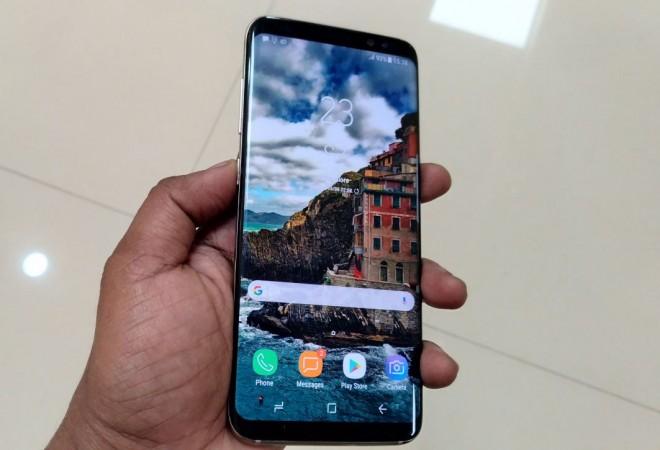
With the fingerprint scanner in such close proximity to the camera, users would accidentally touch the camera lens often causing dust and finger smudges over time resulting in distorted images. Users will have no choice but to keep a cleaning cloth with them to wipe camera lens before taking a photo. But I was able to get accustomed to the fingerprint sensor's position as I got familiar with the phone's usage.
Another qualm we found is that Galaxy S8, which comes with a metal body has an additional layer of glass, though it adds to the visual appeal, makes the phone vulnerable to cracks. One drop on the floor, it shatters. God forbid but if it does fall, it will burn a hole in the pocket for replacement.
We urge all prospective buyers of Galaxy S8 series to buy protective guards to cover the front and back of their devices to prevent them from getting cracked or dented.
As far as the button placements are concerned, the Galaxy S8 features Force Touch-based in-screen home button to wake the screen and also to return to the home screen. It also has on-screen 'recent' and 'back' buttons, which can be seen only if the display is active.
If you enable the AlwaysOn display, you can keep a tab on time and latest messages without having to open the phone. You can just take the phone up, the screen automatically brightens up to show all the important news and notifications.
The power button is placed to the right side and the volume rocker is on the left side. On the top, you will find the SIM tray, which also shares Micro SD slot (expandable up to 256GB).
With the Galaxy S8, Samsung has introduced a special dedicated button below the volume button to launch the Bixby assistant (more on that a little later).
At the bottom, you will find the speakers to the right with Type C USB port in the middle and the 3.5mm audio jack on the left side.
Samsung Galaxy S8 performance review:
Samsung's Galaxy S8 series sold in India comes with the company's in-house branded Exynos 8895 series chipset, whereas in other markets it comes with Qualcomm Snapdragon 835 octa-core.
Having said that, both the CPU variants more or less offer the same performance. Our Galaxy S8 review unit showed no sign of lag while launching apps, switching between multiple apps and while playing graphics-rich power-hogging games such as Asphalt 8. It is supported by 4GB RAM and 64GB storage. On AnTuTu benchmark, it scored impressive 1,73,195 points. Whereas on Geekbench, it got 2024 and 6,695 points in terms of single-core and multi-core performance tests, respectively.
However, the newly introduced Bixby assistant falls short of its reputation. Samsung during the Galaxy S8 unveiling spent quite a lot of time describing the Bixby features.

But Bixby currently does not support the very key 'voice command' feature as it can understand neither Indian nor UK English accent yet. It is available only in the Korean language in the company's home market in South Korea.
It has recently launched English version in the US, but it is yet to be made available in other markets.
For now, users have to make use of just the Bixby Vision feature, which is integrated into the camera and is a pretty useful tool. It offers instant QR Code detection, translates languages, identifies the subject in the image, be it a flower or a location, it will give you information on them and more.

Samsung Galaxy S8 camera review:
Besides that beautiful exterior design, another notable aspect of Samsung Galaxy S8 is its camera. The 12MP snapper on the back captures some stunning images in bright light conditions. Even in low-lit conditions such as twilight and night time, it took really good pictures, but not up to the high standards set by the Google Pixel.
For those unaware, Galaxy S8's 12MP camera comes with dual-pixel autofocus, OIS (Optical Image Stabilisation), laser autofocus, f/1.7 aperture and 4K video recording capability.
The front 8MP camera is very impressive. Its lens is pretty wide enough to take a large group selfie and the image quality is also of praiseworthy. It boasts f/1.7 aperture, wide FoV (Field of View) lens and comes integrated with an Iris scanner with face recognition technology.
Samsung Galaxy S8 battery review:
Samsung Galaxy S8 comes with a standard 3,000mAh battery. Though the cell capacity may seem a bit low for power-hogging 5.8-inch QHD screen, its Exynos processor does a commendable job of efficiently utilising the power for all the apps running and also the ones running in the background.
If you want to get more out of the cell, users can disable the Always On feature. It will definitely add a couple of hours to the battery life.
Samsung Galaxy S8 final review verdict (4.5):
Despite being at a precarious state after the Galaxy Note7 fiasco, Samsung has made an amazing comeback with the Galaxy S8 series. The phone's Infinity Display is a marvellous technological feat that enhances screen-to-body ratio while delivering visually appealing design language which is original, unique and stunning compared to any other in the niche high-end phone category.
But the use of glass on the back and curved edge display feature makes the Galaxy S8 series vulnerable to damage. It will easily crack if fallen from even a small height. We recommend prospective buyers to purchase shell cover and display guard to increase the phone's durability.
As far as the performance is concerned, Samsung's in-house Exynos processor did not disappoint us and the 3,000 mAh battery is more than sufficient to run the device for a full day under mixed usage. Even the cameras (front and back) do their job pretty good, but not that great when compared with the Google Pixel series.
With the Galaxy S8 series, Samsung has set a new benchmark for itself and the industry on how companies can improve design language for marquee phones. Now, it remains to be seen how the upcoming Galaxy Note8 will fare.
Pros:
- Infinity Display is an inspirational screen design worthy to be emulated by rivals
- Praiseworthy Exynos processor
- Excellent camera
- Decent battery that gives a full day of power under mixed usage
Cons:
- Limited usage of Bixby, but it is expected to get better as Samsung will soon expand the Bixby Voice (English) feature outside the US.


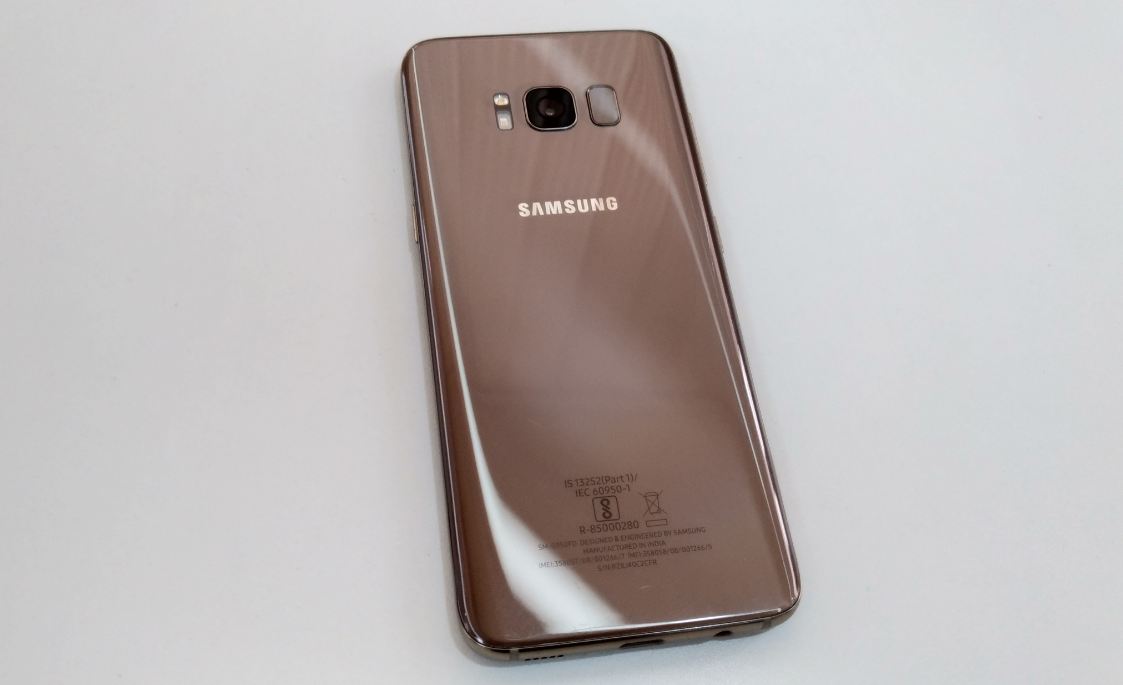
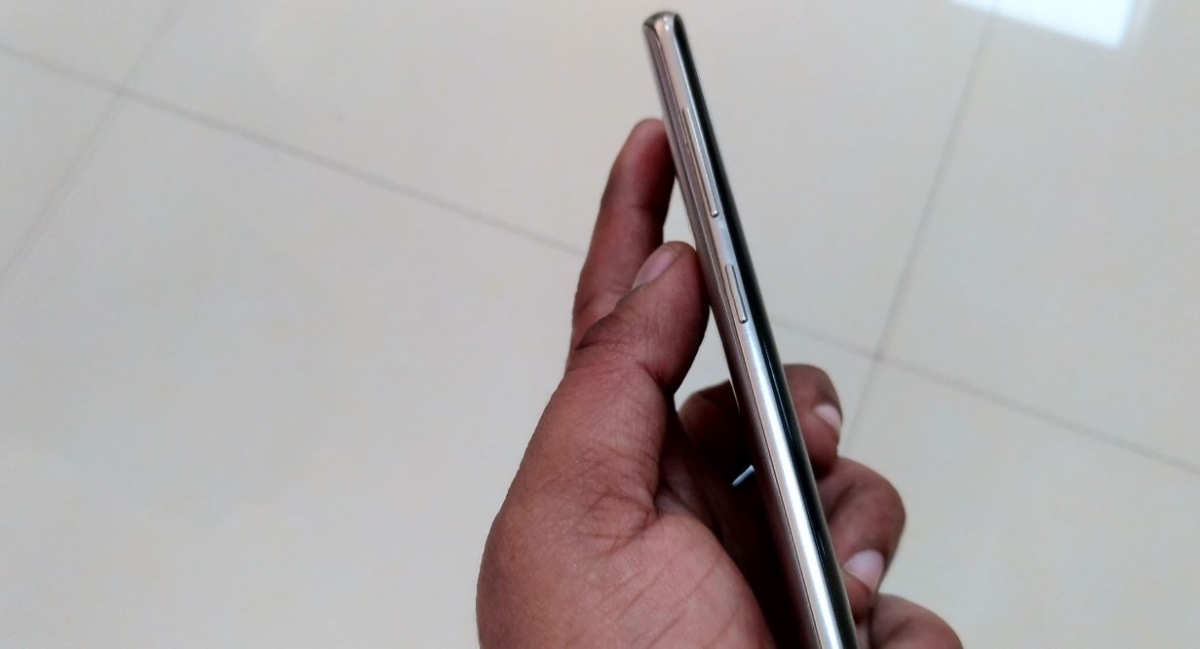
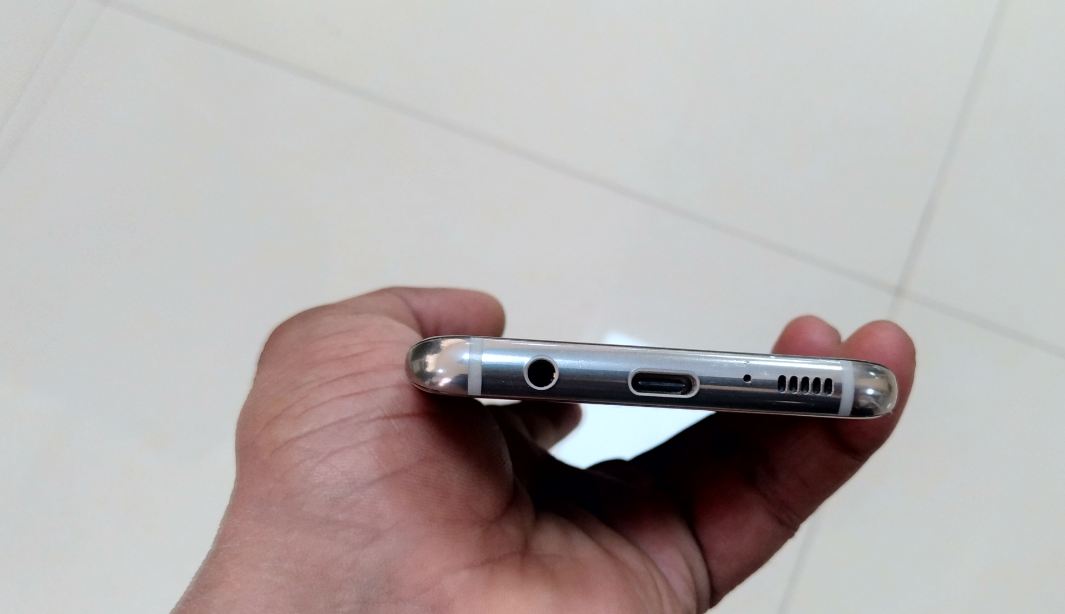



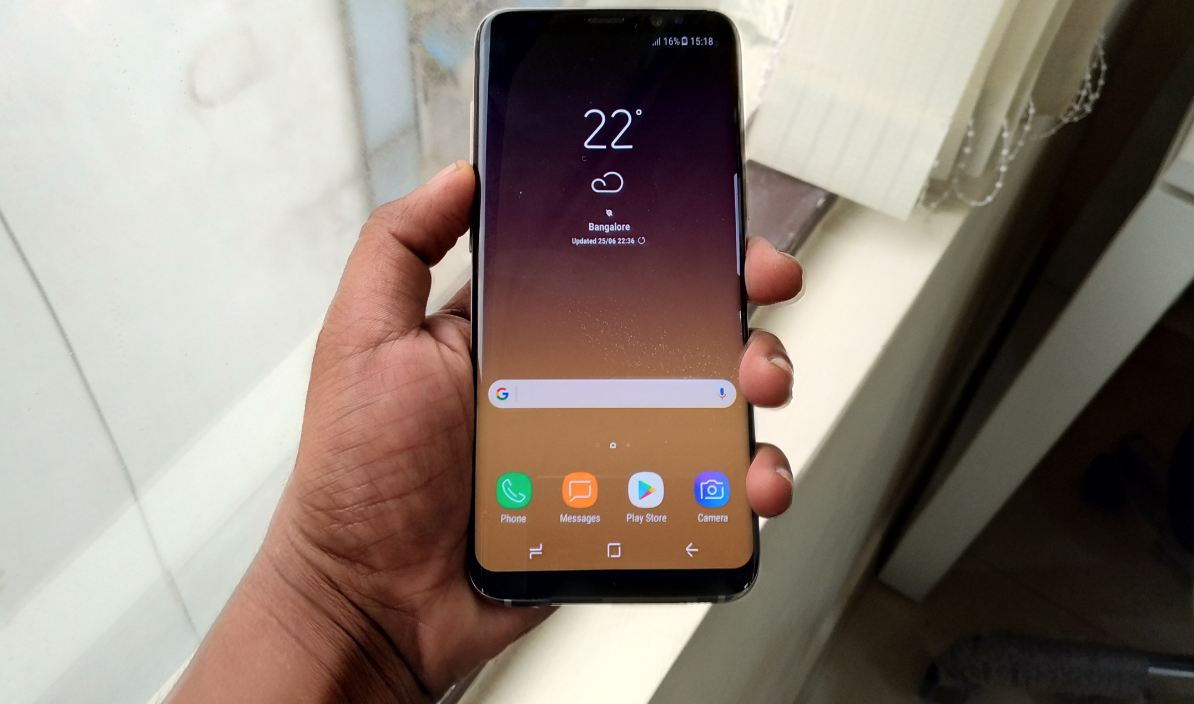


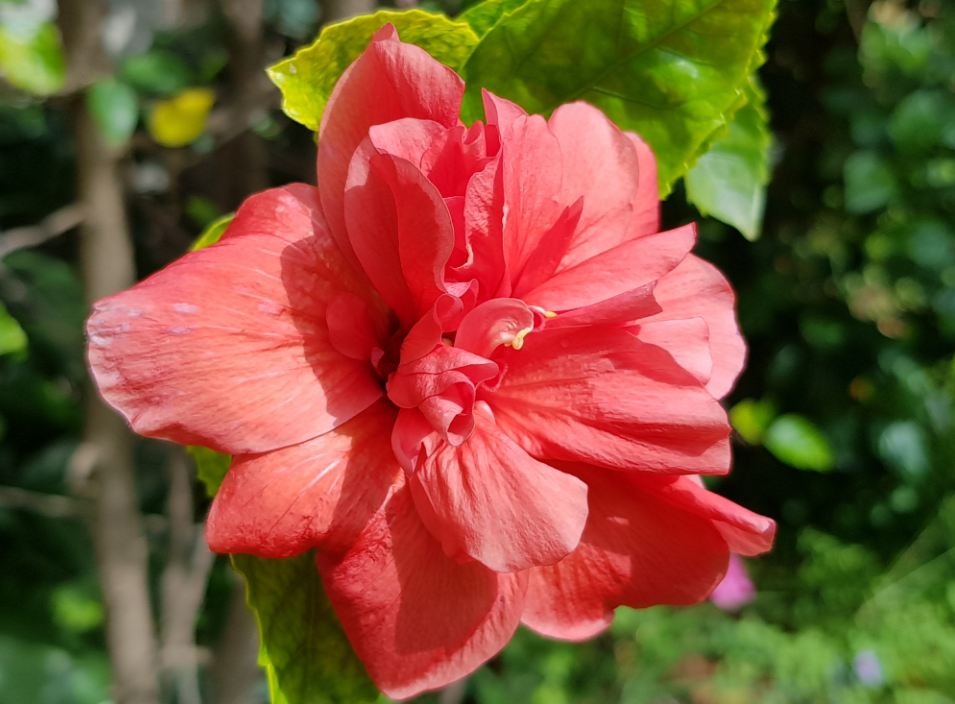



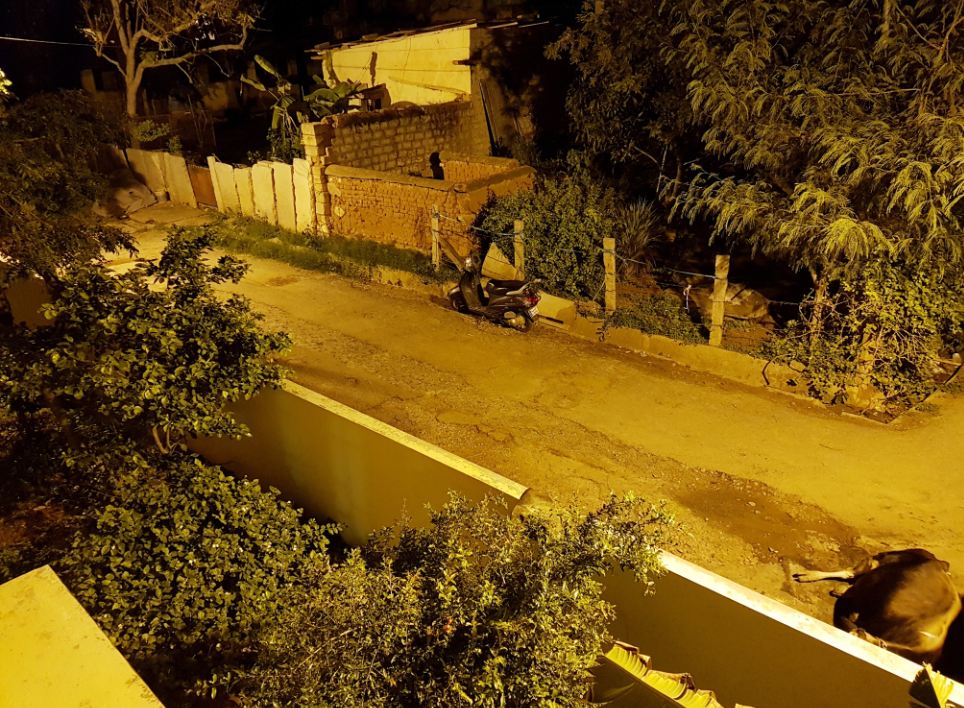
















![Limited edition Phone (3a) launched in India; what's special about it [read now]](https://data1.ibtimes.co.in/en/full/825642/limited-edition-phone-3a-launched-india-whats-special-about-it-read-now.png?w=220&h=135)